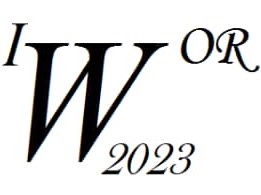Ponente
Descripción
Resting-state EEG (rsEEG) patterns are promising for measuring aging-associated functional decline and screening elderly subjects at risk of neurological diseases. Otherwise, gait-speed is used in clinical practice as the main predictor of adverse outcomes. Here we propose a novel methodology that allows examining the capacity of the spatial patterns of sources of rsEEG (theta rhythms) to predict a decline in the physical performance of aging persons, as reflected in gait-speed-slowing. The methodology developed consists of two main steps: 1) Estimation of activation Electrophysiological Source Imaging (aESI), and 2) Selection of cortical biomarkers related to change gait-speed. The estimation of the aESI is done within a Multiple Penalized Least Squares (MPLS) general model and the active set modified Newton-Raphson (AMNR) algorithm. The Stable Sparse Classifier procedure was employed to identify stable potential biomarkers from aESI. The predictive power was measured by an intraclass correlation coefficient (ICC). We applied this methodology in a sample of 66 elderly adults (78.7 ± 6.7 years) from a longitudinal study in which the gait-speed was measured twice (6 years of difference), and closed-eye rsEEG was collected the last time. Possible biomarkers were found in widespread cortical areas. Our approach provides EEG biomarkers of gait-speed-slowing. The most informative cortical regions we found are congruent with other studies that have reported regions related to gait alterations. Finally, our methodology can be combined with other physical, behavioral, and cognitive measures to produce more powerful biomarkers for predicting aging-related impairments.

